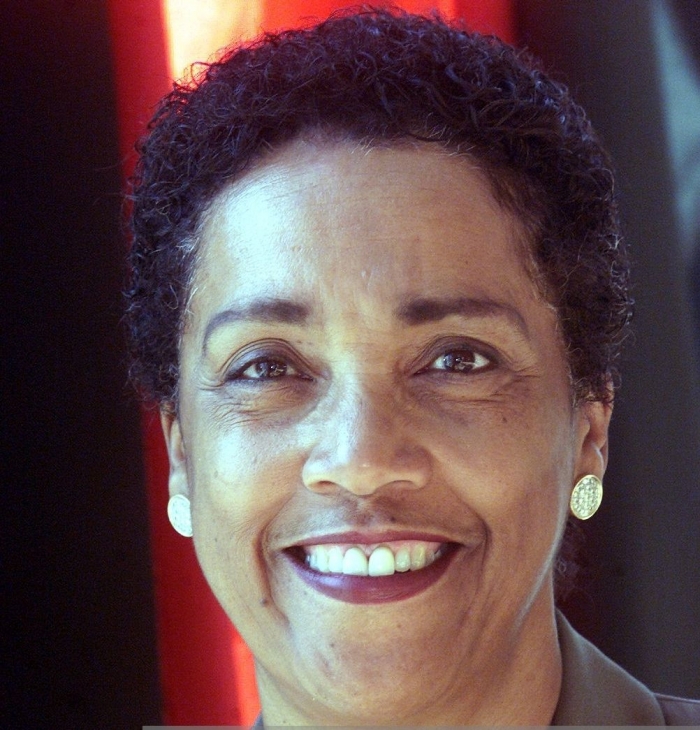
September 15 to October 15 is Hispanic/Latino History Month and it provides the opportunity to deepen our understanding and respect for the heritage and diversity of an important population contributing to the rich fabric of American life. This month is celebrated not only in this country, but also in other countries in Central and South America and begins in the middle of the month to coincide with the Independence Celebration days of Belize, Chile, Costa Rica, El Salvador, Guatemala, Honduras, Mexico, and Nicaragua.
America, a country distinguished in the global community because of its diverse demographic fabric, continues to evolve in its commitment and willingness to embrace this diversity. The designation of specific months to learn about the contributions of the different races/cultures/ethnicities that share the identity of being American, reflects this intention for a corrective to the misconception that this is a country whose greatness is based solely on the struggle and contributions of White Americans.
Most Americans are familiar with some of the foods and music of the Latino culture, but know much less about the important contributions made by members of this culture to world history and progress. Importantly, Latinos are the largest racial and ethnic population in this country, positioning them to impact our national agenda in significant ways.
As a voting bloc, they are not monolithic as they bring to this country the varied experiences of the nations from which they come. However, too often this population of roughly 62 million is lumped together, ignoring the complex identities that do not fit comfortably under one umbrella.
The celebration of Latino/Hispanic culture history began in this country in 1968 under President Lyndon Johnson, notably during a time in this nation of intense social activism of Black and Brown citizens demanding recognition of their contributions to this nation. In 1988, President Ronald Reagan extended the celebration from one week to a month, again in response to continuing activism over the decades since 1968, anchored in the position that a week was not sufficient to celebrate the breadth and complexity of Latino history and culture and to recognize the struggles that have helped Latinos to achieve some measure of economic, educational, and social justice in this country.
It’s important to note that until the 1970s, the United States Census Bureau had all Latinos living in the United States self- identify as Mexicans. It was only after 1970 that there was recognition of the diversity within this population, and they were able to self-identify as either “Mexican, Puerto Rican, Cuban, Central or South American or Other Spanish.”
Another issue has been the designation of this population as Hispanic. The argument against this term is that it is translated as meaning a person whose cultural traditions originate from Spain. It is argued that when this is the starting point of identity, it erases all the centuries of pre-Columbian history.
It is thus an alienating term for a population whose history includes deep resistance to Spanish Invasion. This has resulted in a dispute about what to call this month of celebration with Hispanic Heritage being the most rejected name. The consensus in this country is that the month be designated Latino History Month.
Another problem has been the too often sole focus on the musical contributions and other art forms generated by this complex community. This month, to be truly meaningful, must also include programs that provide insight into the historical problems that this population has encountered, for example, the lynchings in South Texas, the Zoot Suit Riots, the activism of Chicano students that resulted in the increased enrollment of Latino students in higher education and more contemporaneously, the immigration issues at the border. The fact is that Latinos are a population of American citizens who, like all other immigrant groups in this nation, have made and continue to make significant contributions to this nation.
The National Museum of the American Latino, which opened in the National Mall in Washington D.C. in 2011, states that its mission is, “One of family, patriotism, hard work, ingenuity, and pride in the country we’ve all built together.”
The Friends of the Museum’s purpose in fighting for this museum was, in their words, to create “a museum in our national capital to educate, inspire and encourage respect and understanding of the richness and diversity of the American Latino experiences within the U.S. and its territories. By highlighting the contributions made by Latino icons, pioneers, and communities to the American way of life we are all better able to truly understand what makes our nation great.”
Dr. Barbara Rhodes is a professor emeritus at CSU-Northridge and the director of JWA Youth and Family Outreach, a non-profit that supports the academic success of primarily African-American youth.



